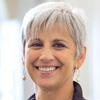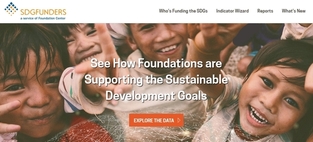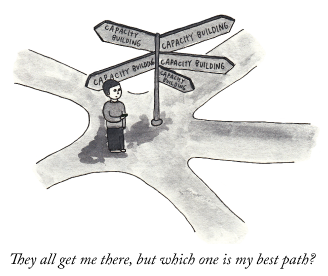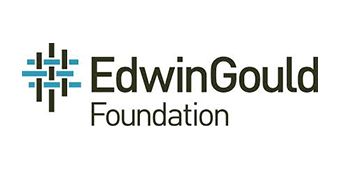Funder’s Forum: Saint Luke’s Foundation A conversation with Denise San Antonio Zeman
Saint Luke's Foundation of Cleveland, Ohio, reinvests its resources to provide leadership and support for the improvement and transformation of the health and well-being of individuals, families, and communities of Greater Cleveland. The Foundation Center asked Denise San Antonio Zeman, the foundation's president and CEO:
[Question] What strategies have Saint Luke's Foundation found helpful in pursuing your program areas, and what factors stand out for you in effecting sustainable change?
[Answer] “Saint Luke's Foundation recently underwent an intensive process of looking back at our history and performance to examine what went well, mistakes that we had made that we could learn from, and what we want to look like going forward. From the discovery process, we were able to 'rethink, redesign, and reinvent' our grantmaking — lessons drawn from Leap of Reason: Managing to Outcomes In an Era of Scarcity, by Mario Morino.
“First, we made a very concerted decision to become a learning organization. As health funders, we have always been interested in outcomes; however, we wanted to become more intentional about our learning. We engaged the TCC Group to help us define what that would mean for us. In our new approach to outcomes as a learning organization, we are focused on taking what we learn from grant outcomes to not only inform our focus, but also to share more broadly and inform the community. In addition to that, we want to get as close as we can to the work that we're supporting. In our redesign, we replaced our traditional grant committee with a newly developed program strategy committee comprised of two-thirds board members, one-third experts in the community. These strategy committees are not only responsible for developing our strategy around the work, but also for monitoring progress, and then converting that learning into information. We will then be sharing information about what we are learning and what we are reading with the community through blog posts and other channels.
“During the discovery process, we also realized that our spending policy, a traditional 5 percent of a rolling three-year average, fundamentally gave us more grant dollars to disperse when the economy was good and less when it was bad. It was a simple but powerful trend to uncover: the spending policy was counterintuitive to our mission to support improvement and transformation in health and wellbeing. We know that when the economy is bad for us, it is worse for our grantees. We then inquired broadly to ask our peer organizations if they had better ideas for a spending policy — one that would ensure our sustainability, but also give us a more predictable level of giving each year. We also looked at the potential impact of giving more, asking ourselves what difference increased giving might make in achieving greater impact, and looking at the grants that we had declined but would have made were there more money to disperse. We developed a hybrid spending policy with an increased giving amount based on this research, which our board approved.
“Finally, with a more predictable level of support, we knew that we also had to narrow the focus of our work to have greater impact in our mission. We convened a focus group of grantees, spoke with our colleagues, examined best practice models nationwide, and looked at what was happening in our community that really had traction, as well as what we had supported that really made a difference. We also asked ourselves what we should be supporting going forward that would be responsive to the changing landscape. From this knowledge, we developed our three grant making portfolios: healthy people, strong communities, and resilient families. We then realigned our staff to support these three strategy areas, including one senior program officer for each program area who are content experts in their focused areas and a vice president of programs, outcomes, and learning. This staff member, specifically, has been instrumental in helping our foundation to both sustain a more intentional learning focus and to prevent silos from forming among our three program areas.
“Saint Luke’s Foundation is energized by our new approach, and remain we committed to changing and course-correcting as we learn more about what works.”









